- Home
- Condensation
What is Condensation in Buildings?
What is condensation and how do we deal with it? We've all seen it on the inside of windows and in the bathroom after showering etc. But what exactly causes it, and more to the point how can you reduce or eliminate it altogether?
The definition of condensation according to the Encarta English Dictionary (U.K.) is
“tiny drops of water that form on a cold surface such as a window when warmer air comes into contact with it”.
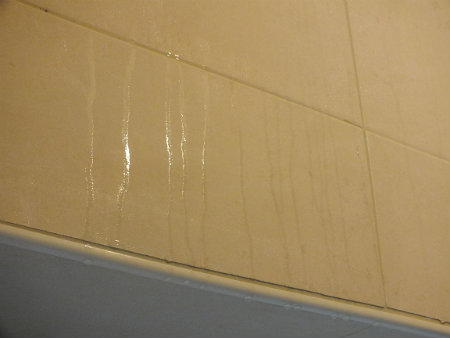 What is Condensation Doing to Your Home?
What is Condensation Doing to Your Home?So, we're all aware of what it looks like but what is condensation doing to your home?
- Condensation can get behind finishes like wallpaper, tiles and even paint. When it does the plaster can start to swell and blister paint, and pop tiles off the wall.
- If the moisture isn't wiped away, it can cause black mould after only a few short weeks, and the last thing you want in your home is black mould! Moulds and spores that grow in moist areas can cause allergies and breathing issues.
- Moisture of any kind will damage timbers by allowing rot to form.
These are just a few of the issues that can be caused by condensation in your home.
What is condensation in buildings caused by?
In a nut shell, condensation occurs when warm air, containing water vapour, comes into contact with a cool surface which has a temperature below the dew point of the water vapour.
This causes the water vapour to cool and condense, forming tiny droplets which we refer to as condensation.
Where does the water vapour come from?
Water vapour gets into the air within your home from a huge variety of sources but the most common are:
- Cooking - when we cook we create steam (water vapour) which then hangs around in your home.
- Bathing - the process of showering or having a bath uses hot water which again produces steam. Normally we would use extractor fans in bathrooms to try to remove as much of this steam as possible, but these are often not as effective as we'd like.
- Drying clothes - when we dry clothes indoors, either by letting them dry naturally, on radiators or in front of a stove or fire. The water in the damp clothes simply evaporates in the form of water vapour which, you've guessed it, hangs around in your house until it finds a cold surface to condense on.
Once this water vapour is in your home it doesn't always make its presence visible immediately in the form of condensation. If the temperature of the internal walls and window surfaces etc. are above the dew point then the water vapour will not condense and you’ll not be aware that it’s even there.
Why Does Condensation Form on Surfaces in Our Homes?
Now that we understand what condensation is and how the water vapour gets into your home we need to understand why it then forms as condensation on windows and other surfaces in your home.
The water vapour in your home will float around invisibly in the air until it hits a cold surface and condenses.
Why do we see it on windows first?
Windows tend to be the first place you'll notice condensation because the surface of the glass is a good conductor of heat and will therefore normally be colder than the other surfaces in the room.
Especially if your windows are single glazed.
If your windows are double glazed then the inner pane will be a little warmer, and if they're triple glazed the inner pane will be warmer again.
Therefore, if you had a room with one single glazed window, one double glazed and one triple glazed window, on a cold day the triple glazed unit would have the least condensation and the single glazed unit would have the most.
Why has condensation become more common in recent years?
In the recent past our homes were leaky and cold as they weren't particularly well insulated and gaps in the building fabric allowed drafts to occur.
This meant you didn't get condensation very often, as the draughts allowed fresh air (containing less moisture) in to replace the moisture laden air already in your home.
Nowadays we're all obsessed with having air-tight homes which will make condensation worse unless we install the correct form of ventilation. This is because the stale water vapour laden air isn’t replaced with fresh air as there are no draughts and restricted ventilation.
Using Ventilation to Control Condensation:
So we now know that ventilation is essential in order to minimise the risk of condensation. But how do you achieve adequate levels of ventilation?
Building control does insist that adequate ventilation is provided to your home by making you install vents, trickle vents to window frames and/or mechanical ventilation etc.
These methods allow adequate and controlled air changes, however occupants tend to close trickle vents and block vents in order to try and keep the heat in and the drafts out.
Additional information on condensation in buildings.
Below are some additional articles I’ve written to help you increase your understanding of what condensation is:
- How I stopped condensation issues in my bathroom - find out why you're plagued with condensation in your bathroom and how I stopped my condensation issues once and for all.
- What Condensation Means to Home Owners - find out what condensation can mean to your property and your health if you've got it and you might not even be aware you have it yet!.
- Dew Point Definition - we all talk about dew point, but do you really know what it is and what dictates whether or not your home will suffer from condensation?
- How
to deal with condensation – there are many ways of reducing or stopping
condensation in your home and they’re not all as expensive as you might
think.
- Condensation in the attic – have you stored items in your
attic only to go back to get them in a few months and find they’re
covered in mould? Or have you opened you roof hatch to see condensation
glistening on the underside of the roof cover or worse still running
down the roofing felt? If so you need to read this article before you
end up having to fork out thousands to repair your roof!
- Double
glazing condensation – what causes condensation on double glazing and is
there a way of reducing or stopping it once and for all? Get the
answers in this article.
- Stop Black Mould from Growing in Your Home - there are a few things you can do to prevent black mould forming in the first place.
- Black mould and how to remove it - once you get a condensation issue it's normally only a matter of weeks before you'll start to see black mould. This article will tell you what it is, why you need to get rid of it quickly and how to kill it.
Other places where you'll find condensation:
For obvious reasons condensation will be more obvious in rooms where there is a moisture source, such as bathrooms, kitchens and utility rooms where you use hot water and therefore produce steam.
The other rooms where you’ll tend to find a lot of condensation is bedrooms. Very few of us realise that while sleeping we breathe out around 2-3 litres of water vapour each per night .
As you can see, when trying to explain “what is condensation” we’re thrown into a lot of interconnected areas. The links above will take you to separate articles which will help you understand the basics a little more and help you reduce your condensation issues significantly if not stop them altogether.
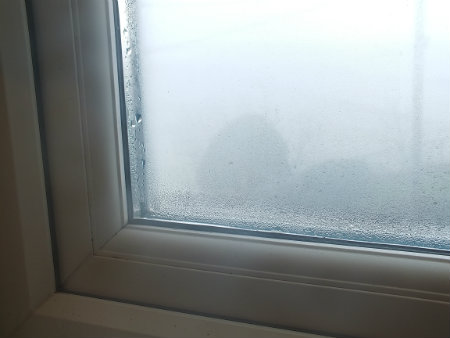
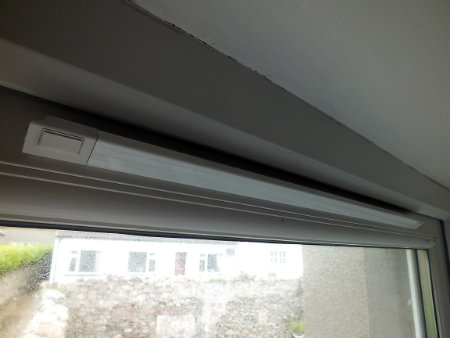
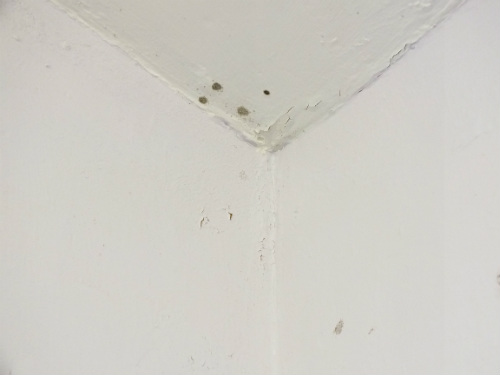

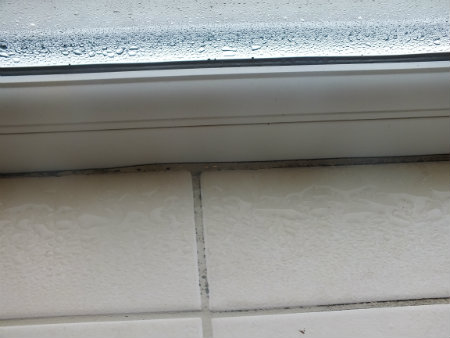
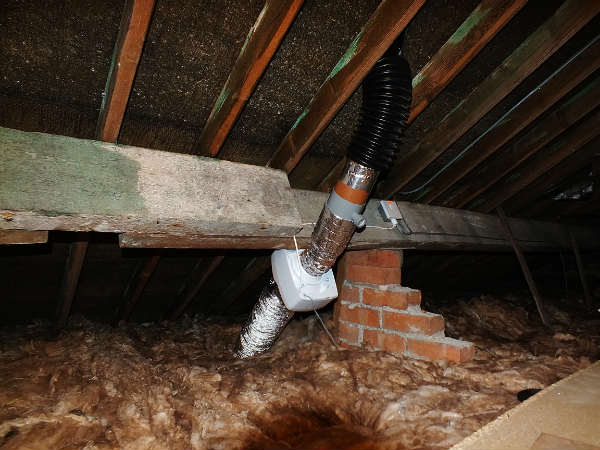
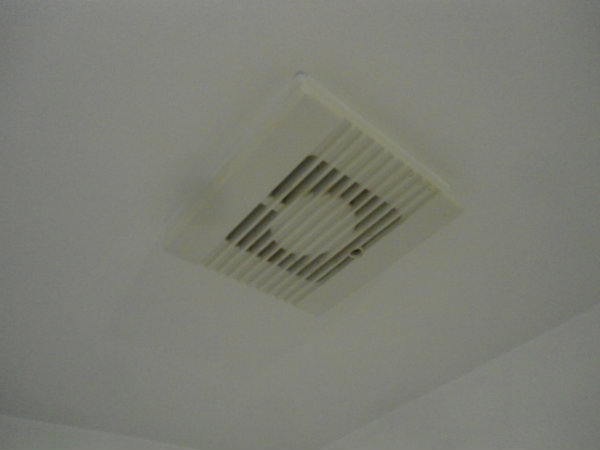
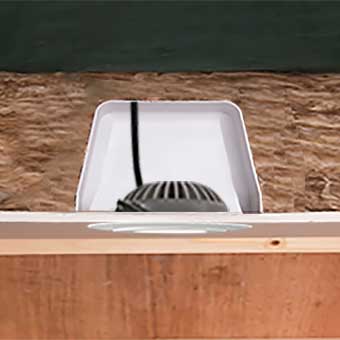







New! Comments
Have your say about what you just read! Leave me a comment in the box below.